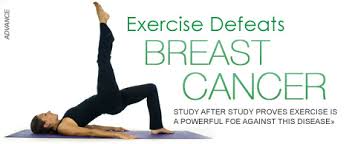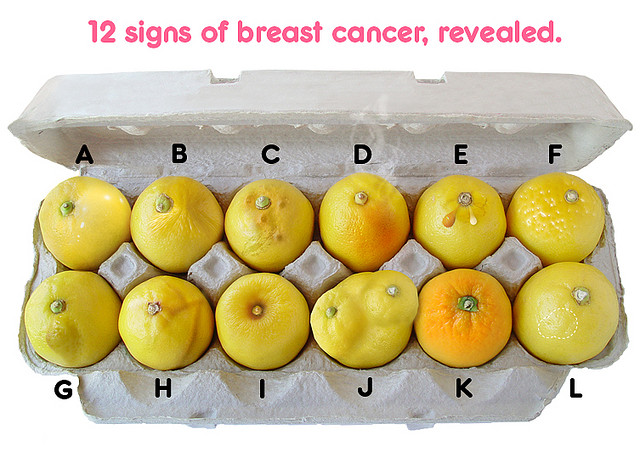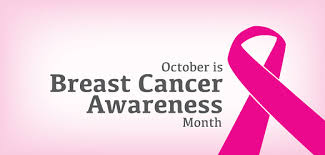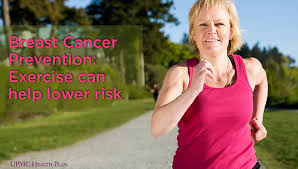 What is the relationship between physical activity and breast cancer risk?
What is the relationship between physical activity and breast cancer risk?
The relationship between physical activity and breast cancer incidence has been extensively studied, with over 60 studies published in North America, Europe, Asia, and Australia. Most studies indicate that physically active women have a lower risk of developing breast cancer than inactive women; however, the amount of risk reduction achieved through physical activity varies widely (between 20 to 80 percent) (6, 7). Although most evidence suggests that physical activity reduces breast cancer risk in both premenopausal and postmenopausal women (6), high levels of moderate and vigorous physical activity during adolescence may be especially protective. Although a lifetime of regular, vigorous activity is thought to be of greatest benefit, women who increase their physical activity after menopause may also experience a reduced risk compared with inactive women. A number of studies also suggest that the effect of physical activity may be different across levels of BMI, with the greatest benefit seen in women in the normal weight range (generally a BMI under 25 kg/m-squared) in some studies. Existing evidence shows a decreasing risk of breast cancer as the frequency and duration of physical activity increase. Most studies suggest that 30 to 60 minutes per day of moderate- to high-intensity physical activity is associated with a reduction in breast cancer risk (4, 6).
Researchers have proposed several biological mechanisms to explain the relationship between physical activity and breast cancer development. Physical activity may prevent tumor development by lowering hormone levels, particularly in premenopausal women; lowering levels of insulin and insulin-like growth factor I (IGF-I), improving the immune response; and assisting with weight maintenance to avoid a high body mass and excess body fat (7).



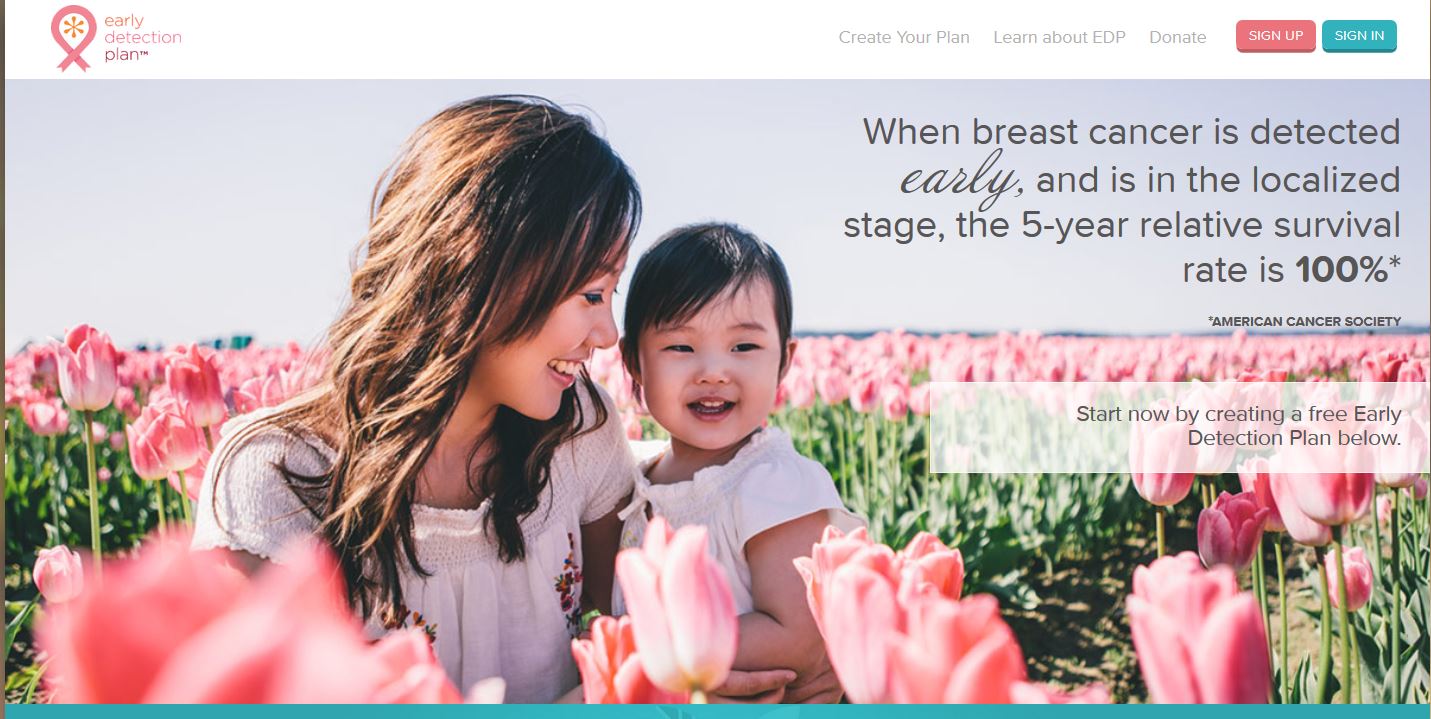

 When breast cancer is detected early (localized stage), the 5-year survival rate is
When breast cancer is detected early (localized stage), the 5-year survival rate is 